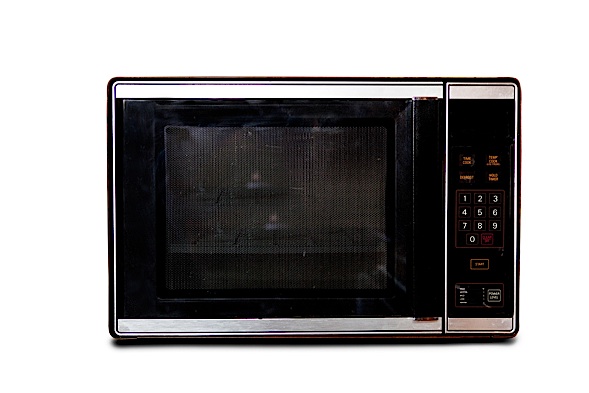
If you’re a service provider in the market for an automated IPAM solution, one fundamental decision that your network managers must make is whether to deploy hardware-based IPAM appliances or implement a pure software-based provisioning solution.
The IPAM appliance makers would have you believe that a hardware-based system is more reliable and easier to deploy. We beg to differ. Here are seven good reasons why most service providers would be much better off with a software-based provisioning platform:
1. Much faster deployment
Appliances must be rolled out, configured, and tested one at a time, box by box, with the number of boxes depending on the size of the service provider’s network and the number of subnets. On the other hand, once implemented, a software-based provisioning system offers immediate network-wide availability and can leverage existing redundancy tools that are already in place on the network.
2.Better system integration
A software-based provisioning solution can be readily tied into a service provider’s order ticketing and CRM systems via a RESTful API to provide true end-to-end provisioning. With discrete functions broken out in a standard API format, users can be assured of the same data accuracy whether using the GUI or the API. An appliance-based solution? Not so much.
3. Network-wide management
Appliances are geared toward provisioning silos of proprietary hardware infrastructures, such as those found in many enterprises. Software-based provisioning is built from the ground up to address complex emerging protocols, such as IPv6 and DNSSEC, that are deployed across the network and across business units.
4. Integrated Workflows
Software-based provisioning solutions are better suited for network-wide rollouts of multiple protocols and resources. With object-based permissions, software can more easily reflect the current provisioning workflow, making operational personnel even more productive and reducing the need to extensive re-training.
5. Integrated asset management
IPAM Appliances treat assets as a troublesome “add-on”.. Software-based provisioning platforms should include integrated, network-wide asset management that allows service providers to create service maps and provision services for their customers – without limiting records to certain assets or asset types.
6.Customizable functionality
Compared with a software-based provisioning platforms, IPAM appliances are inherently more rigid in their range of operations. Functions such as address labeling and tagging are less customizable and more limited in their scope. In addition, support for emerging complex protocols, like IPv6 and DNSSEC, may call for more than just a software upgrade, requiring new and more powerful hardware as well – especially if customization is in order.
7. Flexible deployment
Unlike appliances, a software-based provisioning platform can provide additional deployment options. A multi-tenant approach to provisioning software can give service providers all the benefits of a Cloud-based SaaS solution, in addition to the flexibility of deployment behind the firewall depending on policy requirements – with none of the hassles of configuring new hardware.
Compared with a conventional IPAM appliance, a software-based provisioning solution is much more adaptable, thus saving service providers time and money through greater productivity and enhanced levels of service.
Which type of IPAM system is your company looking to deploy?







